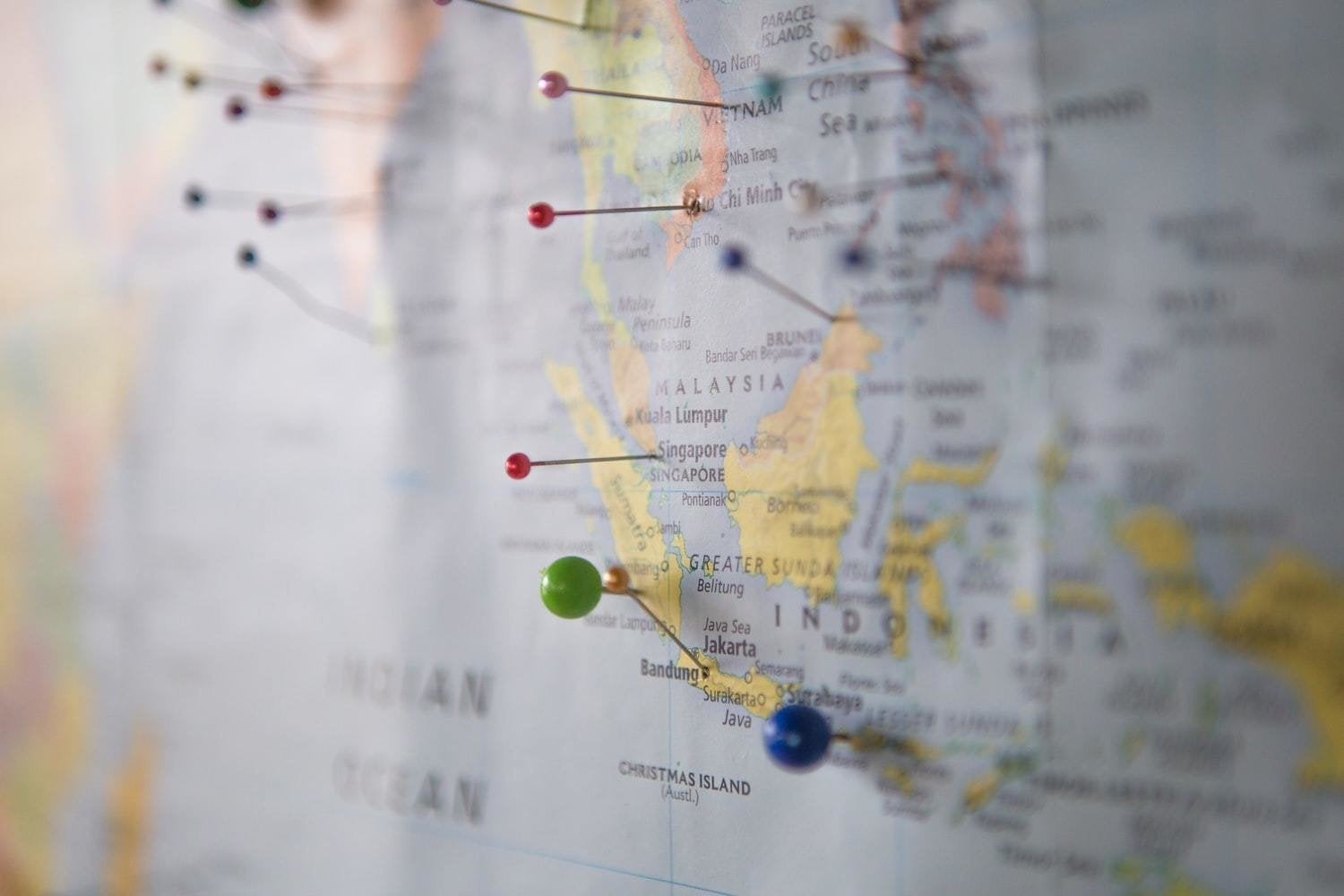As we all settle into the fall season, there are many things worth celebrating. With the pandemic in place, fall festivities may not be like they were before, but it is absolutely no reason for us to stop recognizing many important and special events that define the fall season. One of these numerous celebratory occasions is Filipino American History Month (FAHM), which is represented by the month of October. It was first celebrated by the Filipino American National Historical Society (FANHS) in 1992. In 2009, October was recognized as Filipino American History Month by the U.S. Congress.

On October 15, 1587, the first ever group of Filipinos to set foot on the United States was referred to as the “Luzonnes Indios” in Morro Bay, California. From that time on, many crucial events took place that would not only mark the timeline of Filipino American history, but also contribute greatly to the benefit of American society.
Throughout the 1920s and 1930s, Filipinos played a major role in developing California’s economy as agricultural migrant workers.
In the 1950s, many Filipino nurses migrated to the U.S. to mitigate nursing shortages in public hospitals.
Filipino Americans have also participated in many social justice movements, which include, but are not limited to, the United Farmworkers Movement, the fight for Ethnic Studies, Hawaii Sugar Plantation strikes, Washington Yakima strikes, and Anti-Martial Law Movements across multiple decades.
Last but not least, it is important for us to recognize the parallels shared between the Black Lives Matter movement and Filipino American History Month. This is one of the main reasons why the theme of FAHM for 2020 is “The History of Filipino American Activism”.

During the Philippine-American War (1899-1913), many black soldiers stood their ground with fellow Filipinos as they voiced their opposition against U.S. colonialist intervention in the Philippines.
If it weren’t for the success of the Civil Rights Movement, many Filipinx and other Asian Americans would not have had the opportunity to immigrate in large numbers to America. Because of the passage of the Immigration and Naturalization Act of 1965, all restrictions on race-based immigration were lifted.
In 1968, the Black Student Union teamed up with Pilipino American Collegiate Endeavor (PACE) and other student groups to form a coalition known as the Third World Liberation Front, or TWLF. Generating the longest student strike in history, they made history and proved their success by attaining their demands for a department of Ethnic Studies.

As the second-largest Asian American group in the nation today, with a U.S. population of over 4 million, the efforts of Filipino Americans have paid off and will continue to do so. As we have witnessed, Filipinos have faced a large amount of racism and oppression, yet they have also discovered ways to challenge it, especially today, as they work in solidarity with the Black community.
As a Filipino American myself, the celebration of Filipino American History Month is very meaningful to me, and it is one way I can invest pride in my ethnic identity. Especially during a time of racial unrest, along with the pandemic, I feel that this is a very significant time to stand up for who you are and what you believe in. With the election approaching, you can vote. You can donate to Filipino American fundraisers, and you can even try and learn more about Filipino American history. Whichever action you wish to take, just remember that we are in this together, and don’t be afraid to let your voice be heard.
To learn more about FANHS, click here.
For more information about Black Lives Matter, click here.



